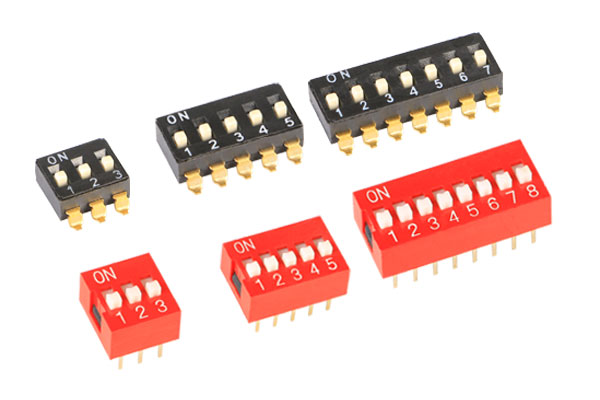Knowledge
Do DIP switches need resistors?
DIP (Dual In-line Package) switches are commonly used in electronics to allow the user to manually set the configuration of a circuit. These switches are typically mounted on a board and consist of a number of switches, each of which can be turned on or off to activate or deactivate a particular function. One question that often arises with regard to DIP switches is whether or not they need resistors to work properly.

The short answer is no, DIP switches do not need resistors. Resistors are used in electronic circuits to control the flow of current and to reduce voltage. While resistors can be used in conjunction with DIP switches in certain applications, they are not required for DIP switches to function.
DIP switches work by providing a low-resistance path between two points in the circuit when turned on, and a high-resistance path when turned off. The circuit can then be designed such that when the DIP switch is closed, a particular function is activated. When the DIP switch is open, the function is disabled.
While DIP switches do not require resistors to function, resistors may be used in certain applications to limit the amount of current flowing through the switch or to provide additional protection against voltage spikes. Additionally, resistors may be used to provide different levels of resistance for each switch, allowing for more precise control over the circuit.
In summary, DIP switches do not need resistors to function properly. However, resistors may be used in certain applications to provide additional control or protection for the circuit. Ultimately, the use of resistors with DIP switches depends on the specific requirements of the circuit and the application for which it is being used.
RELATED NEWS
- Can a metal button switch be integrated with indicator lights 2025-12-08
- The difference between a momentary and a latching metal button switch 2025-12-08
- What size is the broadcasting illuminated push button 2025-12-03
- Video illuminated push button 2025-12-03
- Are DIP switches still widely used nowadays 2025-11-03
CATEGORIES
LATEST NEWS
CONTACT US
Contact: Bella
Phone: 15999819066
E-mail: rucoe@rucoe.com
Whatsapp:+86-15999819066
Add: Taoyuan Street, Nanshan, Shenzhen
